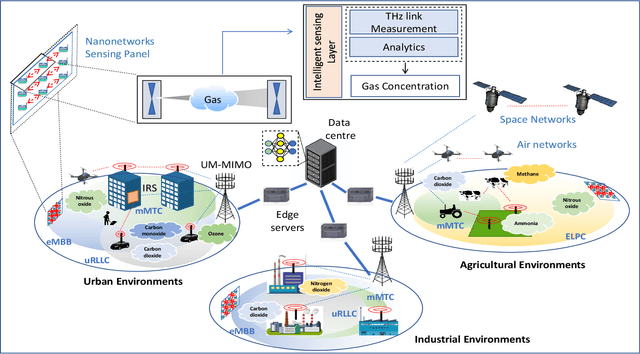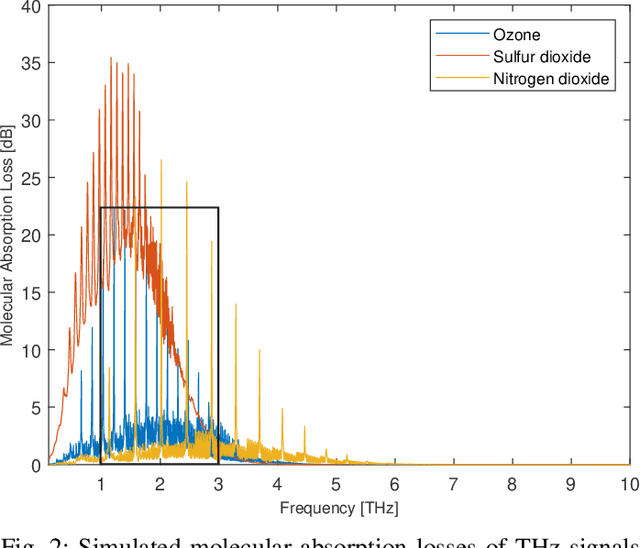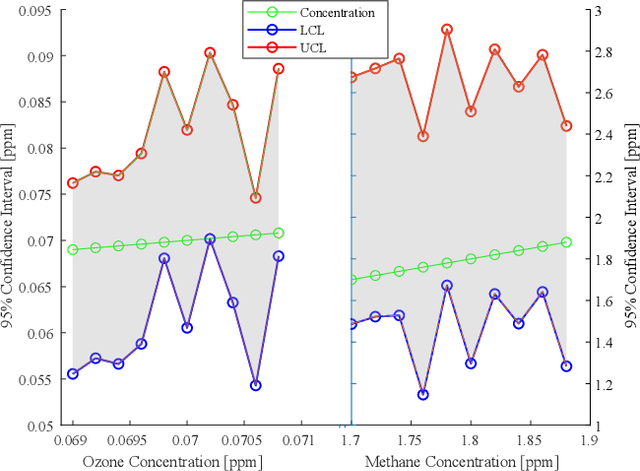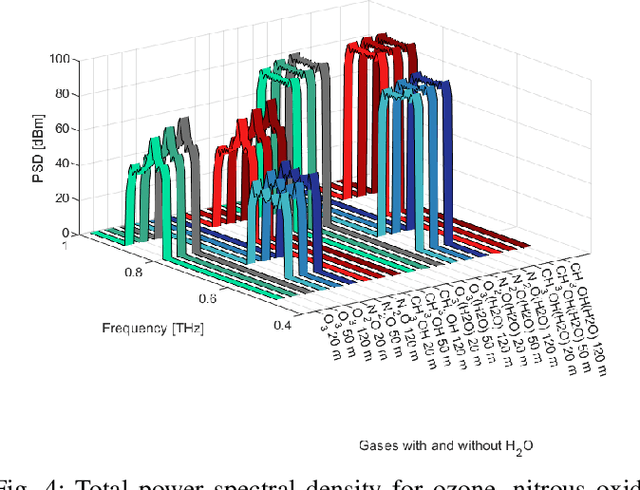Climate Change Sensing through Terahertz Communications: A Disruptive Application of 6G Networks
Paper and Code
Oct 06, 2021



Climate change resulting from the misuse and over-exploitation of natural resources has affected and continues to impact the planet's ecosystem. This pressing issue is leading to the development of novel technologies to sense and measure damaging gas emissions. In parallel, the accelerating evolution of wireless communication networks is resulting in wider deployment of mobile telecommunication infrastructure. With 5G technologies already being commercially deployed, the research community is starting research into new technologies for 6G. One of the visions for 6G is the use of the terahertz (THz) spectrum. In this paper, we propose and explore the use of THz spectrum simultaneously for ultrabroadband communication and atmospheric sensing by leveraging the absorption of THz signals. Through the use of machine learning, we present preliminary results on how we can analyze signal path loss and power spectral density to infer the concentration of different climate-impacting gases. Our vision is to demonstrate how 6G infrastructure can provide sensor data for climate change sensing, in addition to its primary purpose of wireless communication.
 Add to Chrome
Add to Chrome Add to Firefox
Add to Firefox Add to Edge
Add to Edge